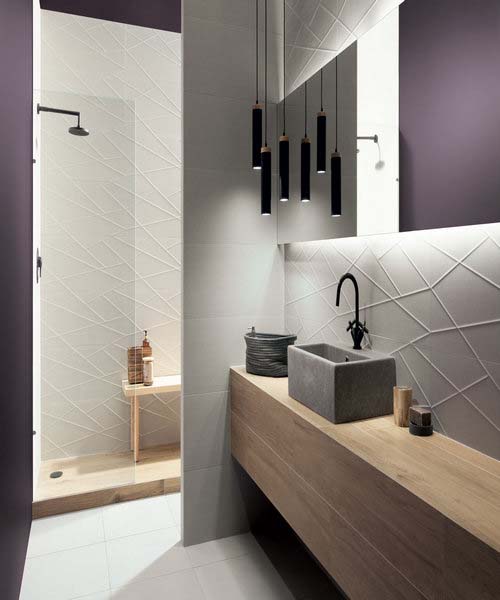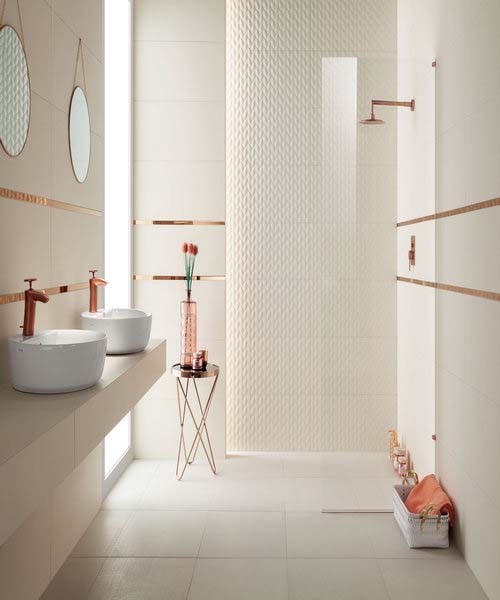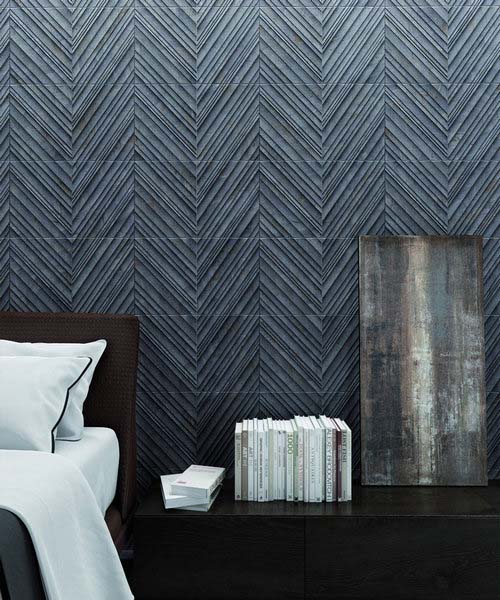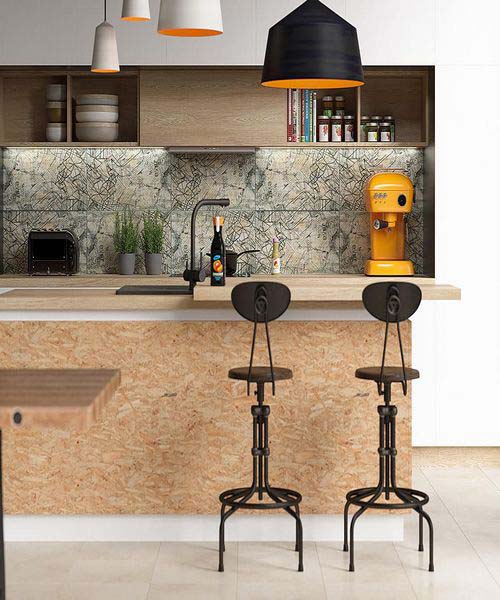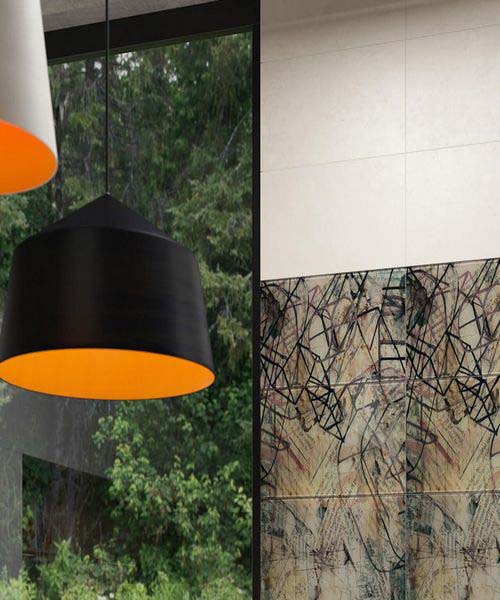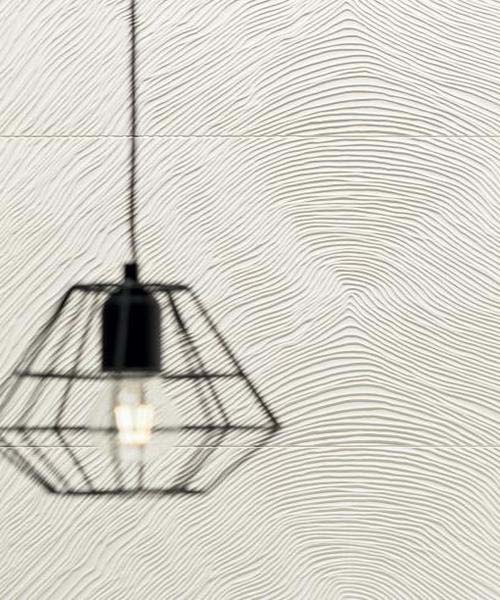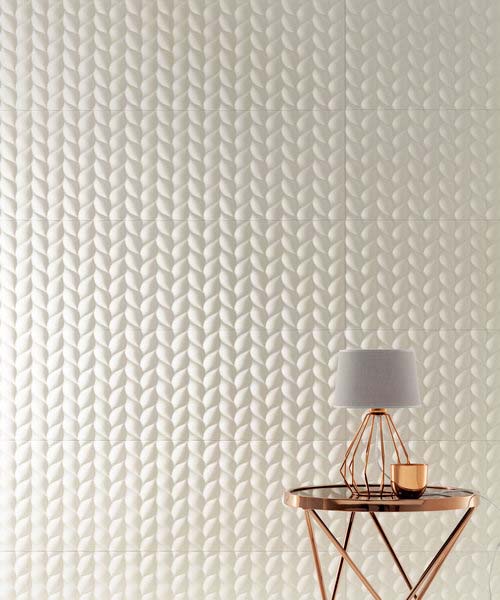Should one type of tile be chosen over the other?
While ceramic and porcelain might be in the same category, they are two completely separate products. Based on where it’s being installed, one form of tile might be more beneficial between the two.
We will attempt to address which of these two tiles is more superior using five examples.
Before we go through these examples, we must first address the main distinction between ceramic and porcelain tiles. While different forms of clay are used to make them, porcelain is defined by the amount of water it absorbs, according to the Tile Council of North America. Only 0.5% of water absorbed by porcelain tiles. Non-porcelain tiles, including ceramic, absorb over 0.5% of water.
Example 1: the room these tiles are being installed in is moisture-heavy.
Superior tile: porcelain.
Why does porcelain absorb such little moisture? The TCNA claims that porcelain has natural density, and as such, penetration of it is difficult. To put it another way, porcelain is as close to waterproof as it gets. That’s why porcelain is a popular choice for bathrooms, in addition to other rooms in your household prone to moisture. That is not to say that ceramic should not be installed in bathrooms. Most homeowners have ceramic installed on bathroom floors and showers. With that said, the firmness of porcelain makes it the best defense against moisture. Another high-moisture room in your home is the kitchen because of all the liquid exposure it endures, particularly when cleanup and food preparation tasks are performed. And that doesn’t even include all the water emitted from your dishwasher and sink! For the sake of withstanding leaks and spills, porcelain might be your best choice for flooring here. Porcelain is developed to hold its own against exposure to snow, sleet, rain, and similar moist elements. In the unfortunate event of a washer leak, the laundry room should also be considered for rooms to have porcelain installed in.
Example 2: your money is budgeted.
Superior tile: ceramic.
For the most part, ceramic is cheaper than porcelain. There are inexpensive porcelain tile options available, though. If money is tight, you’ll be in good hands with ceramic. You can expect to pay at least $5 per square foot for high-quality porcelain tiles; you won’t find very many porcelain tiles of high quality cheaper than $3 per square foot. Alternatively, ceramic usually is cheaper than $4 per square foot, with many economical styles cheaper than $2 per square foot. With regards to ceramic tile, cheaper doesn’t equate to unattractiveness. On the contrary, you’ll see an array of ceramic tiles exhibiting modern industry trends, including faux wood tiles.
Example 3: tile is being installed in a high traffic room.
Superior tile: porcelain.
Porcelain and ceramic are durable materials for heavy-traffic rooms in contrast to their flooring counterparts (like carpet, laminate, and hardwood). However, porcelain tile is denser, and as such, it is able to withstand scratches and scuffs over a longer-term. The most scratch-resistant tile of them all is known as through-body porcelain, as the tile color travels from the body’s top to its bottom. Two ideal areas to have porcelain installed in are hallways and living rooms. The durability of porcelain will come into play into homes that house pets and kids. The kitchen is one of the busiest rooms in your home. Porcelain is ideal for the kitchen if it is the room where your family gathers in the most.
Example 4: you’re a do-it-yourselfer.
Superior tile: porcelain.
Density doesn’t equate to dominance. In contrast to porcelain, ceramic is more cuttable and simpler to install. The TCNA claims that porcelain tile is harder to fasten to a floor then non-porcelain tile is. You could end up in a troublesome situation if you intend to install the tile on your own, particularly in a scenario where several cuts are warranted. The project may end up taking a turn for the worse, forcing you to spend more money or hire a professional to fix your errors.
Example 5: your patio floors are being remodeled.
Superior tile: porcelain.
Outdoor elements can be harsh on patio floors. Here is another situation where the firmness of porcelain reigns supreme. Moisture is absorbed by ceramic tile when it’s frozen. When this happens, ceramic expands, then breaks. The outcome – you might need to replace your flooring a lot earlier than you planned to. If the area you reside in is susceptible to hard freezing, then you are discouraged from using ceramic tile for exterior areas. If you reside in a climate with infrequent or sporadic freezing, it is still risky to have ceramic installed.

